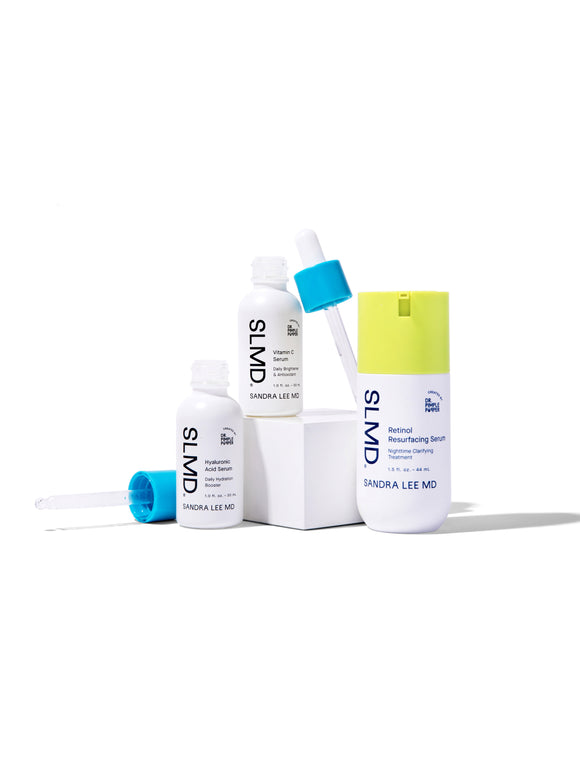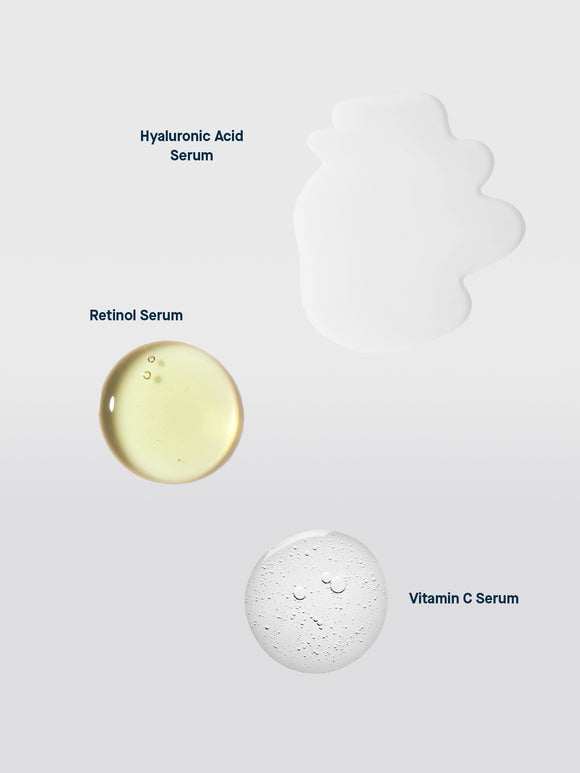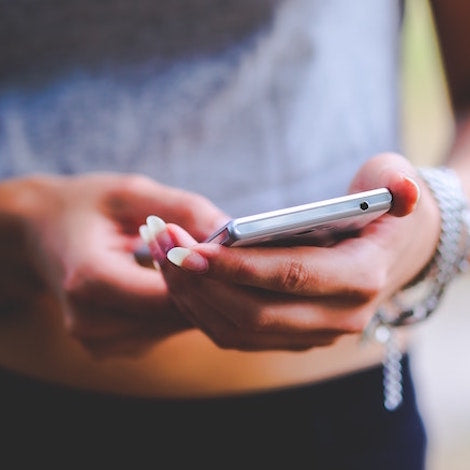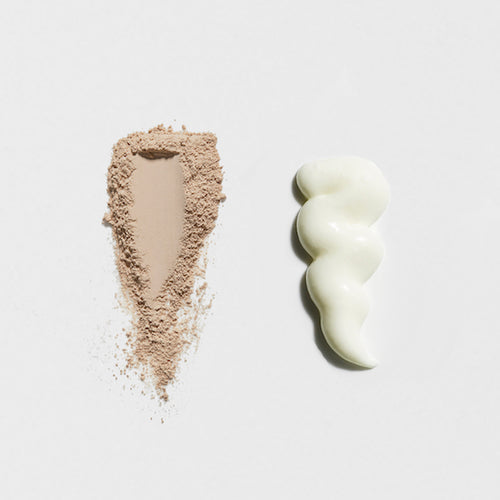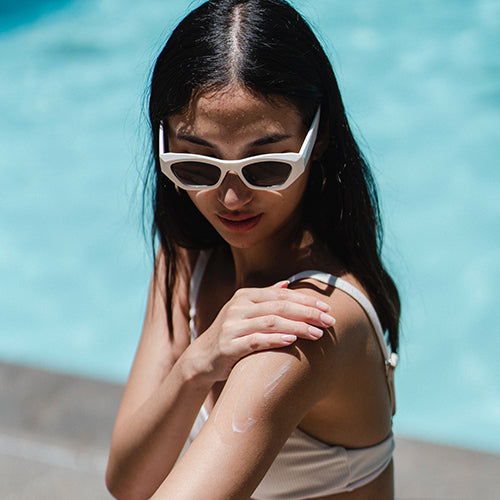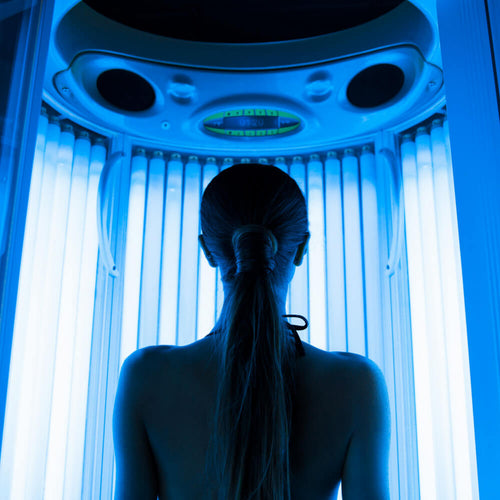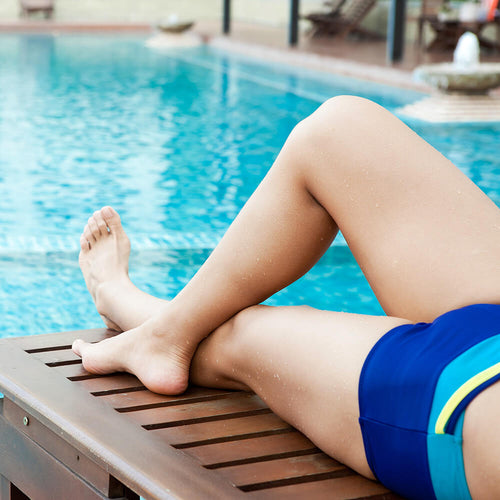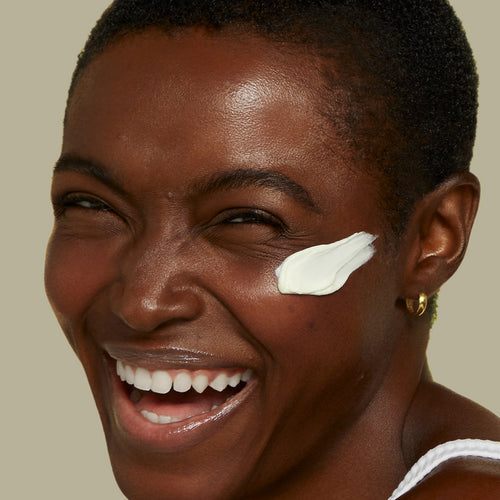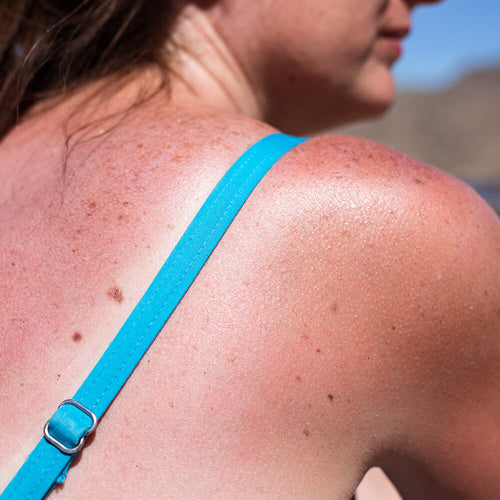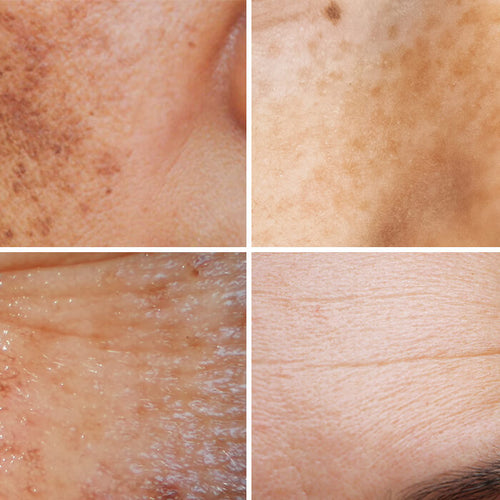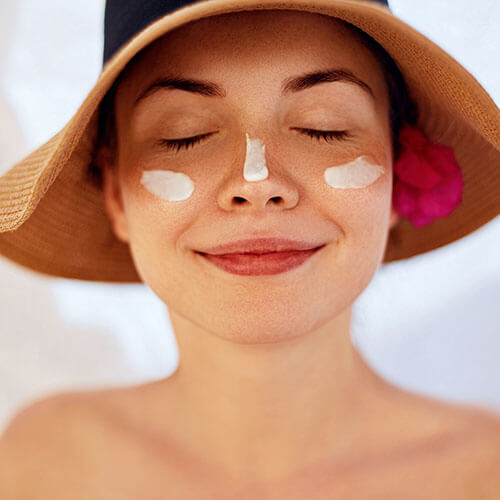
Understanding European & Korean Sunscreen: What Does PA++++ Protection Mean?
Even if you consider yourself an expert in skincare labels, chances are you're not as familiar with international sunscreen products. Here, we’re taking a closer look at what foreign sunscreen designations like the Korean PA++++ mean, and how they compare to American ratings like SPF and broad-spectrum.
Published:
5 minute read
Even if you consider yourself an expert in skincare labels, chances are your sunscreen skills could benefit from some studying up — especially when it comes to international products. Take Korean sun protection with its plus signs, or the UK’s stars, for example: what do they really mean?
Here, we’re taking a closer look at what foreign sunscreen designations like PA++++ mean, and how they compare to American ratings like SPF and broad-spectrum.

5 minute read
Article Quick Links
What’s the difference between UVB and UVA protection?
Let’s review what primarily separates UVA and UVB rays: as Dr. Sandra Lee (aka Dr. Pimple Popper) likes to say, B is for burning, and A is for aging. We go into much more detail about the differences between the types of ultraviolet radiation here — but basically, UVB rays are responsible for acute sun damage like redness, while UVA rays lead to long-term damage like collagen loss. Both contribute to DNA damage and ultimately, skin cancer.
You might remember that in the U.S., we use the abbreviation SPF to indicate a sunscreen’s level of protection against UVB rays, and the term broad-spectrum to show it also inhibits UVA rays. In Korea, however, they don’t say broad-spectrum: instead, they have the PA+ system — while in Europe, it’s a circle (or stars!). More on that after we cover some key background facts.
How is UVA protection measured in sunscreen?
Here’s where it gets complicated: there is no single internationally-accepted standard for measuring UVA protection in sunscreen. Unlike UVB protection levels, which are universally indicated by the sun protection factor (SPF), there are several ways that different countries rely on to determine UVA protection.
We’re going to take a look at some of the most widely used standards (including PA+) — but first, we need to understand a little bit more about how UVA rays affect skin.
What happens when UVA rays penetrate the skin?
By now you’ve got this down: UVA radiation reaches all the way into the dermis, where it damages DNA, suppresses the immune system, and alters melanin production. Most of us refer to that last one as tanning — but you guessed it: there’s more to it than that.
Getting a tan actually happens in three different stages, and involves both UVB and UVA rays. Stay tuned, because this is important for understanding how UVA sunscreen labels work. Here’s what’s really happening to the pigment in your skin when it’s exposed to UV radiation:
- Stage 1: Immediate Pigment Darkening (IPD). This is a temporary, virtually immediate skin response caused by melanin oxidation (pigment turning darker) and melanosome redistribution (packets of pigment shifting to protect cells).
- Stage 2: Persistent Pigment Darkening (PPD). Follows IPD, also characterized by melanin oxidation but persists for up to 3-5 days.
- Stage 3: Delayed Pigment Darkening (DPD). Beginning about 24 hours after exposure, more melanin protein is made, creating darker skin that persists for about 3 weeks.
What are the protection standards for UVA sunscreen?
There are a number of reasons why scientists have had a hard time agreeing how to measure the effectiveness of UVA protection. For starters, no one fully understands the complex interplay between UVA and UVB rays, so we don’t know for certain which rays cause which damage. Moreover, everyone’s response to ultraviolet exposure is different.
This explains in part why there are a few different methods worldwide, and why the criteria seems to be continually evolving. In Korea, along with all countries except the U.S. and UK, sunscreen is classified by its UVA-PF — that is, UVA protection factor, which is a number similar to SPF. Here, we break down the predominant standards worldwide.
PA+
- PA + equals a 2–4 UVA-PF (50–75% protection against UVA rays)
- PA ++ equals a 4–8 UVA-PF (75–88% protection against UVA rays)
- PA +++ equals a 8–16 UVA-PF (88– 94% protection against UVA rays)
- PA ++++ equals a 16 or more UVA-PF (94% or higher protection against UVA rays)
Broad-Spectrum
- The only designation is broad-spectrum
- Sunscreen must have a critical wavelength of 370 nm or more, meaning that 10% of the protection it offers has to be for wavelengths above 370 nm
UVA Seal
- Just one symbol is used: the letters UVA inside a circle
- The sunscreen’s UVA protection level must be at least ⅓ of its SPF number It must have a critical wavelength greater than or equal to 370 nm
Star System
- 3 stars equals 0.60 – 0.79 protection from UVA rays compared to UVB
- 4 stars equals 0.80 – 0.89 protection from UVA rays compared to UVB
- 5 stars equals 0.90 or more protection from UVA rays compared to UVB

How do you protect skin from UVA rays?
Here’s the good news: you don’t have to understand any of these details in order to protect your skin from UV damage. According to Dr. Lee, the bottom line if you live in the U.S. is to find a sunscreen with an SPF of at least 30, that’s also labeled broad-spectrum, like SLMD Dual Defender. This means that it uses ingredients proven to protect against both UVA and UVB rays.
Dr. Lee’s last word
Choosing a sunscreen can be really confusing, and that’s because we’re finding out more and more about how UV damage works, and what levels of protection are necessary. There are 3 key things I tell my patients to look for: an SPF 30 or higher, UVA protection (it will say broad-spectrum) and a non comedogenic formula that won’t clog pores.
—Dr. Sandra Lee



